Leaderboard
Popular Content
Showing content with the highest reputation on 07/04/2021 in all areas
-
Good evening everyone, I had the good fortune of having my piano tuned for the first time in well over a year a couple of days ago. I'd almost forgotten how nice it could sound and feel! Anyways, given the wild hot/cold weather we've been having here it'll probably only last a week before keys start sticking and the action starts creaking again, so I thought I'd better take advantage of this little window of piano bliss. Here's a link to a collection of five piano character pieces. Written in late 2019, it's my most recent work, and actually the only thing I've written in the past four years or so. As one would expect from the title, these are melody-oriented and not formally complex. Hope you enjoy!1 point
-
Honestly, I think this user is just a troll. No one would actually steal a work and re-post it in the same forum with the notion that no one would notice. Everything else about the account also strikes me with the troll vibe. And hey - he got what he wanted. But... the uproar isn't without a useful purpose. People who aren't trolls can and do steal music. And as you say, these people are generally too lazy or untalented to transcribe works by ear. This forum provides no protections regarding who can and cannot view scores. Some of the users here are posting scores of works that are professional in quality, and they clearly care about them. Though I respect their choice, I would never do this myself. If you want to share your score, the safer approach is to state that you'll make it available by PM to people who ask. Then you only pass it along to users you trust.1 point
-
When writing for wind instruments it is always a good idea to think about the phrasing. Wind players need to breathe. In the clarinet part some judicious places to breathe, i.e., rests would be quite helpful. I myself and my colleagues if we were to play the work ... would live out a note here and there in order to create the proper phrasing and not exhaust ourselves in order to perform well.1 point
-
1 point
-
The cadenza begins at around 11:34. What do you guys think of it. I developed both melodically and harmonically the subject of the solo exposition and the second subject. I have to admit though the way I play in this recording is not the best and I may create a separate video of a better performance of my cadenza. This performance was for an end of school concert. What an amazing experience it was. what are your thoughts? https://m.youtube.com/watch?v=KIBKvZoYPB41 point
-
Hi! Just a brief comment, as I'm not well versed in contemporary styles so I don't think I can give any useful advice! I don't generally enjoy this style of music, but I did find the piece interesting, partly because you mentioned how you composed it. I do however really like your wind textures - even from the very beginning there are trills, arpeggios, long held notes and staccato passages! I liked more when the number of instruments was reduced (like Bar 21). I think there's a lot to be said for not using the full ensembles all the time, and using a sparser scoring could help with some breathing issues. That could lead to some interesting antiphonal textures. You could even experiment with the position on stage of each instrument (sadly, Musescore's pan function is a little limited) or think about having some offstage instruments! An onstage quintet and an offstage quintet? Thank you for sharing. It's a shame this piece doesn't have more reviews, especially as you're so good at commenting on other people's. Such is the way of a forum, sadly. aMC1 point
-
1 point
-
1 point
-
I'll just review Daybreak for now, I'll come back and review others later! Regarding the very start, the leaning C sounds to me like it struggles to get started. Maybe because the flowing arpeggios start immediately at the B? Perhaps the first note being an A could help, perhaps not, perhaps you could just ignore that paragraph of text! But once it gets started...how beautiful! May I ask what piano you have? While this is quite a straightforward tonality, you show why that was popular for hundreds of years - it's so engaging and emotive to hear. I love the harmonic twists between minor and major, such as at 0:39. When that anacrusis returns at 0:54, it sounds much more natural. I think this is because of the flowing arpeggios underneath. I like the beginning of a storm at 1:10! That episode is probably the most exciting for me. I don't think this movement needs any improvement. Congratulations on writing a beautiful piece! Okay, here is a review for "Restless Night:" The slightly hesitant, halting phrases at the beginning remind me a little of Janáček. I think it's a really engaging opening although the perfect cadence at the end (3.03) sounds a little "bolted-on." Maybe the progression Cm-F would work better than C-F. The fluttering triplets that are introduced in the accompaniment are really interesting too. The modulation from F minor to ~G is splendidly pulled off. Perhaps on the whole, it just has the feel of a small work. I think if you were to expand it any more, you'd want to introduce some contrasting material but "not formally complex" suggests they this was not the intention. It's a wonderful character piece as it stands! Again, there's not much criticism to give. I particularly enjoyed the variety of textures, different voices taking the melody, etc. throughout the movement. Thanks for sharing! aMC1 point
-
1 point
-
@PeterthePapercomPoserThanks for your feedback.. Maybe there is a reverb that's why there is a small delay introduced. I will try to redo it again!! @Sepharite Thanks for your feedback as well. I am still working on it on the climax. Thanks for comparing it to JPRG 🙂1 point
-
And that perfectly describes my composition development! It's notable even from the works I've posted on here, that I've gone from having a simple, tonal, Classical style, to becoming more Romantic, to beginning to enjoy 20th century music, to really enjoying it and composing in a (very) early 20th century style! I'm sure that many composers have a similar path before they discover what they compose best - and of course, in the future, my style will continue to evolve. "Change alone is unchanging" - Heraclitus aMC1 point
-
It's just changed - the earliest days of pride at having an Anglican chant used in church (the choir-master was my first theory mentor) and earning the dubious title of Orchestrator in Chief at secondary school (no big deal but an interesting experience). One builds on what they've done; one studies scores and grows more adventurous... Such formal tertiary education in music taught me what I wasn't going to do and heightened the need for deeper self-expression - and on.1 point
-
Thanks! Yeah, simple melodies are so fun to mess around with! 😄 Thanks! Hmm, yes, there's quite a bit of dissonance there -- should be an easy fix. Thank you for pointing it out! :01 point
-
A lot of countries call bars "measures" (that might help with some confusion - in the UK they're bars!) If you were to have a tie, than there couldn't be any other notes between the start and the end. (Here there is a C between the Ds) Currently what you have is a slur , a curved line across different notes which means to play them smoothly joined (legato). I was meaning the fourth one, here: The last two notes sound a little odd coming after a large jump - but this is personal preference! Probably easiest if I add some more pictures! Just now: There's a large jump between the second-last note and the chord after it which can sound a little awkward. My proposed solution (maybe this isn't needed, but I'll suggest it anyway): The top stave (staff) here would be taken by the right hand, the bottom the left hand. See how I've moved the low D into the left hand, then put a C after it to sound at the same time as the chord? This means that scale line flows well and the chord can sit on top of the bass note. This was what I was trying to put across with that convoluted writing! And no need to apologise, you're just starting to learn! So, the two numbers you have on the music at the very start (4/4 for you), are called the time signature and tell the musician how long each bar is. (There are many different types of time signature, and you can change during a piece if you want - I'll link some theory resources below!) The top number of any time signature tells you how many beats there are in each bar, and the bottom number tells you the "value" of each beat. You have four quarter notes in each bar (crotchets in the UK) - 4/4 ! Some different time signatures: The top number tells you the number of beats (here all my notes are quarter notes, bottom number is 4) A whole note is worth 4 quarter note beats, so you can only have one in a bar (measure) of 4/4. Theory resources: https://www.musictheory.net/lessons - This site starts right at the beginning and contains its own exercises! It also goes up to fairly advanced theory but the "basics" section should cover what you'll need to know to begin composing. Some books: https://www.amazon.co.uk/s?k=music+theory&sprefix=music+theory&ref=nb_sb_ss_ts-doa-p_1_12 The ABRSM "Discovering Music Theory" series is pretty good. Also try "Music Theory for Dummies" for a little more humorous approach! From there, "Music Composition for Dummies" can help you improve (speaking from experience) If any other forum member wants to add to this list, please do! aMC1 point
-
Yes, this is really very nice! I particularly like the new depth that comes in about 0:35, very effective. The diminished chord at 1:23 maybe sounds a little awkward, but it could be the rhythm you've used rather than the harmony. Great work, thank you for sharing! aMC1 point
-
Lovely! 👍 The first review sums it up perfectly. It would work perfectly in an animation, or at least it reminded me of pixar scores.1 point
-
You manage to make a monothematic piece quite interesting with a well varied harmonic motion and a well placed half-step modulation. It's very simple but interesting nonetheless or rather because of, how simple it is. You use the oft used trick of keeping the melody repeating a fragment while changing the harmony underneath. You bring out many textures and beautiful colors by varying the register of the melody and the way that it's harmonized. Thanks for sharing this quite enjoyable piece!1 point

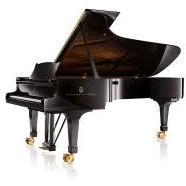
.thumb.jpg.c0a72d70ca19ec34c5702ec7e7951f37.jpg)
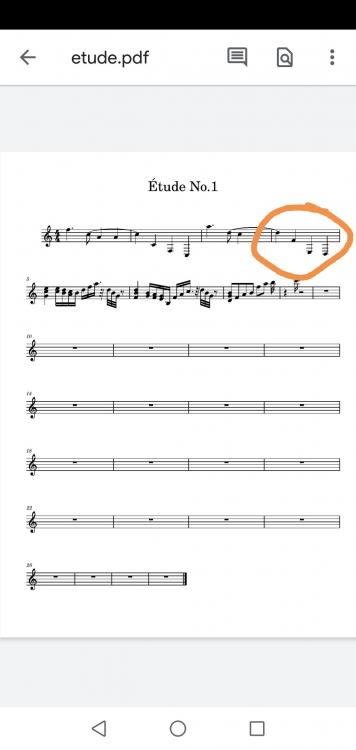
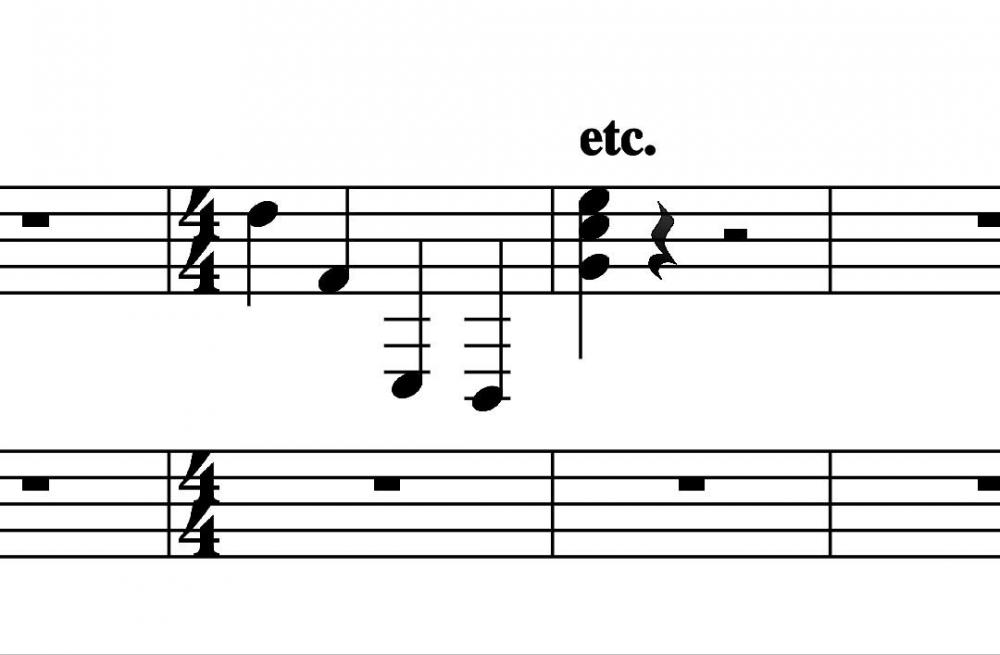
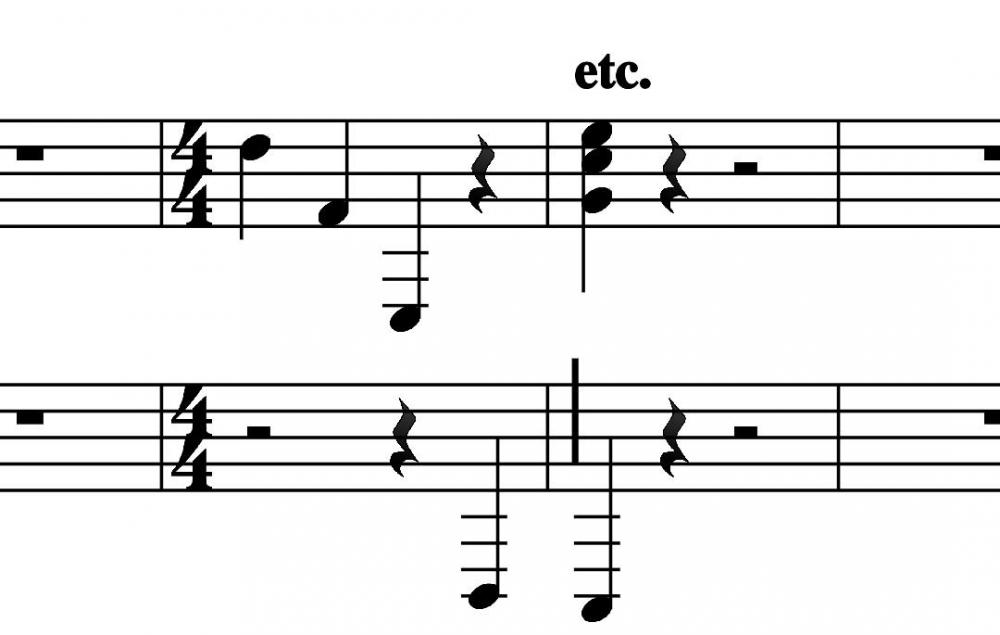
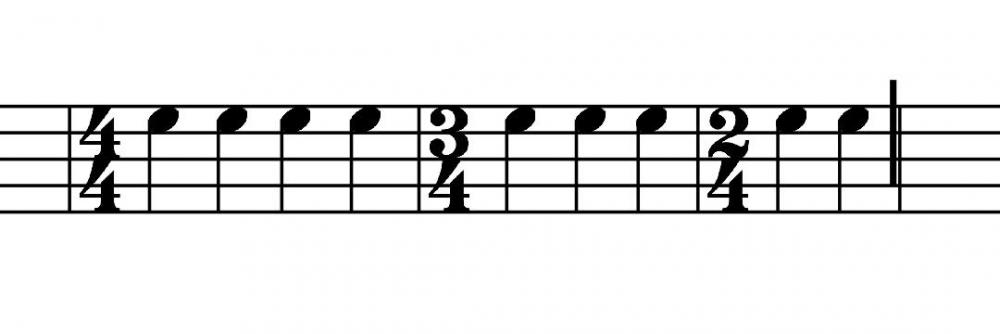

.thumb.png.8b5b433a341551e913a34392660bc95b.png)